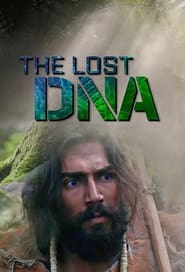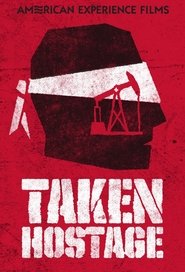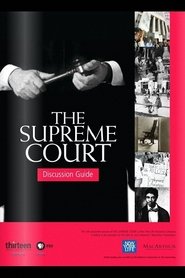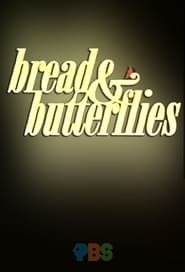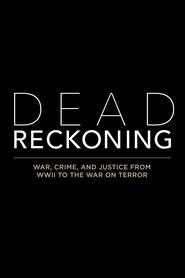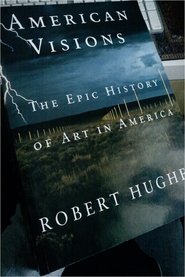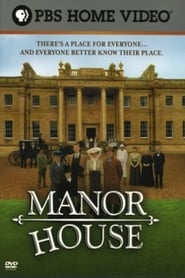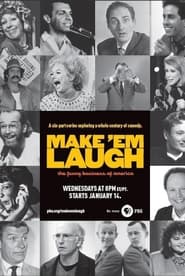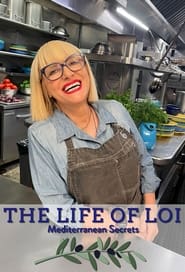Pbs TV Series - Page 37
-
NOVA Universe Revealed
2021
In this five-part series, NOVA delves into the vastness of space to capture moments of high drama when the universe changed forever. State-of-the-art animation gives us astonishing, photo-realistic glimpses of the birth of a star in a stellar nursery, the chaos created as two galaxies collide, and the power of a super-massive black hole as it flings a star across space so violently that it's still traveling 10 million years later. NOVA even takes viewers back on the ultimate time travel voyage, to witness the birth of space and time itself. Informed by huge advances in scientific understanding, the series brings us face-to-face with the most surprising characters in the cosmos and reveals how their fates are intertwined with our own. Take a ringside seat for the greatest show in the universe. -
Foreign Exchange
0000
Foreign Exchange
0000
Foreign Exchange was a weekly, half-hour international affairs series on the Public Broadcasting Service public television stations. The series premiered on April 1, 2005, and for three seasons was hosted by author and journalist Fareed Zakaria. Beginning in January 2008, journalist Daljit Dhaliwal became the new host and the title of the show was changed accordingly. The series explores current international issues in conversations with journalists, politicians, and other newsmakers, and examines America's role in an increasingly globalized world. The final episode aired October 9, 2009. The show was produced by Azimuth Media and Oregon Public Broadcasting, and was distributed by American Public Television. Major funding was provided by the William and Flora Hewlett Foundation. Additional support from the Ford Foundation and Carnegie Corporation of New York. Through a partnership with the citizen journalism website Helium.com the show offered viewers an opportunity to get their voices heard on the most pressing -
The Lost DNA
2021
The Lost DNA
2021
Cutting edge DNA research is transforming the knowledge of who we are, where we come from and how we got here. -
Taken Hostage: An American Experience Special
2022
American Embassy Tehran, November 4, 1979. American diplomats, Marines and civilians were taken hostage for 444 days. The crisis would transform both the U.S. and Iran and forever upend the focus and direction of American foreign policy. -
The Supreme Court
2007
The Supreme Court
2007
A look at the history, impact and drama of The Supreme Court, focusing especially on the personalities of America's highest court. -
Walking The Bible
2006
Walking The Bible
2006
-
Joanne Weir's Cooking Class
0000
Joanne Weir’s Cooking Class is a cooking show airing on PBS. Each episode features a novice student who is shown how to prepare several related dishes. The program is presented by KQED, distributed by American Public Television and produced by A La Carte Communications. -
Bread & Butterflies
1974
-
Dead Reckoning
2017
Dead Reckoning
2017
An examination of the prosecution of war crimes, including genocide and ethnic cleansing, since the end of World War II. -
American Visions
1997
American Visions
1997
Time magazine critic and writer of the highly acclaimed study of modern art, The Shock of the New, Robert Hughes now addresses his largest subject: the history of art in America. -
Manor House
2003
Manor House
2003
21 people from the 21st century are being brought together in an Edwardian Country House. 6 of them are the Upstairs family and the 15 others are the servants. For three months, these people have only the rulebook and each other... -
The Last Train Across Canada
1990
Veteran war correspondent Murray Sayle journeys west across Canada at a time when sections of the country’s “national dream” — its vast transcontinental railroad — faced extinction. In his 7,000-mile adventure, Sayle discovers mounties, moose, and a colorful assortment of railroad men and women. He also shares glimpses of a lesser-known Canada - Fishermen of the Maritime provinces, Indian settlements on the edge of the Arctic Ocean, polar bears frolicking, cowboys in the prairies - all loosely linked by the now resurgent transcontinental railway. Take the LAST TRAIN ACROSS CANADA for an unforgettable rail adventure, one filled with romance and extraordinary beauty. -
Keeping Score
2004
Keeping Score
2004
-
Nightly Business Report
0000
star 10Nightly Business Report is a Business news television magazine broadcast weeknights on public television stations in the United States. In February 2013, CNBC purchased the show and closed the Miami news operations. Tyler Mathisen joined Susie Gharib as co-host when the show relaunched on March 4, 2013. From 1979 to 2013, the show was produced at WPBT in Miami, Florida. -
Dishing with Julia Child
2020
Julia Child was devoted to the art of French cuisine. And starting in 1963, The French Chef single-handedly taught a nation how to cook well, eat well and drink well. Now today’s chefs and celebrities delight in six of the most-beloved episodes from her groundbreaking series, offering insightful, funny and personal comments in unabashed appreciation of the first lady of cooking. Bon appétit! -
Universe: The Infinite Frontier
0000
Universe: The Infinite Frontier was a 26 episode television series explaining all the stars and planets and having a look at the entire universe. It was first broadcast in 1994 in the United States by PBS. -
Inside Appalachia
2016
Inside Appalachia
2016
West Virginia Public Broadcasting series about the Appalachian region and peoples -
The Life of Loi: Mediterranean Secrets
2022
Maria Loi, executive chef of the critically acclaimed Loi Estiatorio restaurant in Manhattan, shares thousands of years of knowledge baked into Mediterranean cuisine. Maria takes us island hopping across Greece – from Athens to Naxos to Evia – while learning about local ingredients and serving up the secrets to making some of the region's most classic dishes.


